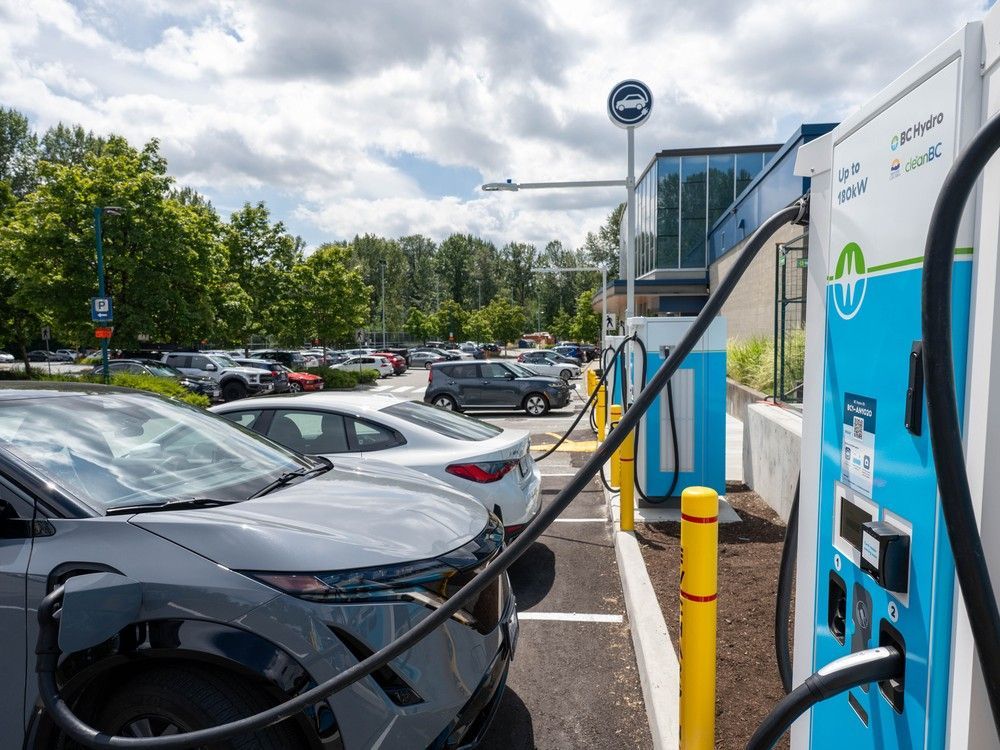The surge in electric vehicle (EV) sales in the U.S. is a noteworthy phenomenon, driven by the impending expiration of the $7,500 EV tax credit, which has prompted consumers to act quickly before the deadline at the end of September. JD Power forecasts that EVs will constitute 12.8 percent of all U.S. sales in August, marking a significant increase from the previous year. This urgency reflects a broader trend where buyers are motivated by the fear of losing financial incentives, leading to a temporary spike in demand. However, the political landscape has shifted dramatically since the initial enthusiasm surrounding EVs, particularly with the recent signing of the One Big Beautiful Bill, which has curtailed federal support for electric vehicles.
Despite the current boom, analysts caution that this uptick is unlikely to be sustainable. The anticipated "payback effect" could lead to a decline in sales post-September, as the absence of federal incentives may dampen consumer interest. Automakers face a dual challenge: maintaining competitive pricing while navigating the complexities of tariffs that affect their supply chains. While the long-term outlook for EVs remains optimistic, with advancements in battery technology and infrastructure development, the U.S. risks falling behind global competitors. The International Energy Agency projects that EVs will make up over a quarter of new global car sales this year, while U.S. adoption lingers around 8 percent, highlighting the urgent need for domestic manufacturers to innovate and adapt to the evolving market landscape.








